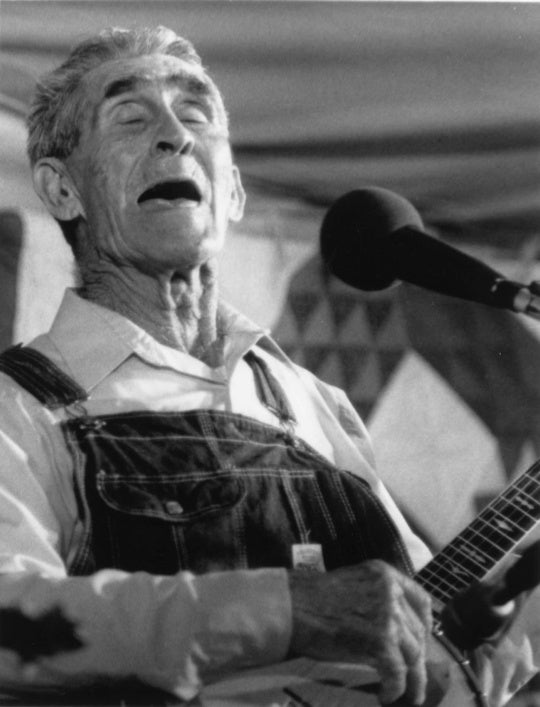Growing up in segregated Bessemer, Alabama, the late Jack Whitten notes, “I can build anything I want to build. I’m not a narrative painter. I don’t do the idea or the painting being the illustration of an idea, I don’t do that. It’s all about the materiality of the paint.”
Known for his painting-as-gesture slab canvases and Black Monolith series, Whitten’s work has evolved over five decades in order to speak to his conflicted relationship with the South. Although Whitten always made art as a kid, when he went to the Tuskegee Institute in Alabama, he followed the socially acceptable plans to become a doctor in the US Air Force. The absence of an arts program motivated the artist to transfer to Southern University in Baton Rouge, Louisiana, where he began to study visual art. Transferring in 1960, Whitten landed there in the throes of the Civil Rights era, ultimately participating in demonstrations. Disgusted by the violence that met the marches, Whitten was driven out of the South to New York City where he studied and graduated from Cooper Union with a Bachelor’s in Fine Arts in 1964. He resided there until his passing in 2018 at the age of 78.
Whitten’s invention of the developer—a twelve-foot-long tool that moved acrylic paint in singular motions across the surface of a canvas—revealed the artist’s ingenuity and his dexterity with found materials. The weight of aging shifted his work into applying tesserae, or acrylic tiles, onto canvas, and then allowing the refracted light to speak for itself. One of Whitten’s most well-known projects, the Black Monolith series, memorializes great figures in Black history. Addressing individuals—from Barbara Jordan to Jacob Lawrence—reverence permeates the depictions. In material and subject, Whitten’s legacy continues to speak to young artists today.
This film is part of Burnaway’s partnership with Art21, an organization that produces award-winning documentary films about the world’s most groundbreaking contemporary artists. The collaboration intends to deepen an understanding of visual art that hails from the South today.
Related Content

JACK WHITTEN AT THE MET BREUR IN NEW YORK
African sculpture was not merely a formal influence on Whitten; he took the symbolic power of its traditional materials and purposes seriously. Whitten’s sculptures often suggest protective and empowering functions similar to those associated with Kongo power figures from Central Africa, an example of which is on display in the exhibition. The sculpture The Guardian III, For Jack overlaps abstracted mulberry wood forms reminiscent of a blade and sheath, which are partially wrapped in blue nylon fishing line. (Whitten was, among other things, an avid fisherman.) The artist also made similar sculptures for his wife and daughter, Mary and Mirsini. Like traditional African power figures, each contains a secret object in its core. Kept in the home, these three works underline the fundamentally private nature of Whitten’s sculptural practice.

SUPERNATURAL AMERICA AT THE SPEED MUSEUM, LOUISVILLE
Within view of Dial’s monument is work by another artist with ties to Bessemer: Jack Whitten. Head I and Form (3rd Set) I represent Whitten’s “ghost paintings,” made through a special process of applying, then removing, paint. It wasn’t until after the fact, according to the exhibition’s curator Robert Cozzolino, that Whitten made a connection to the haunting feeling of these pieces. With their fuzzy and ethereal qualities, the paintings reminded Whitten of the legend of Henry Wells. In 1878, Wells, a Black freedman, was arrested for arson. While Wells was inside the Pickens County Courthouse in Carrollton, Alabama, a white lynch mob formed outside. A bolt of lightning struck the window Wells was looking out of, and his face remained etched into the glass. Wells was later lynched, and his legacy affects the town still.




